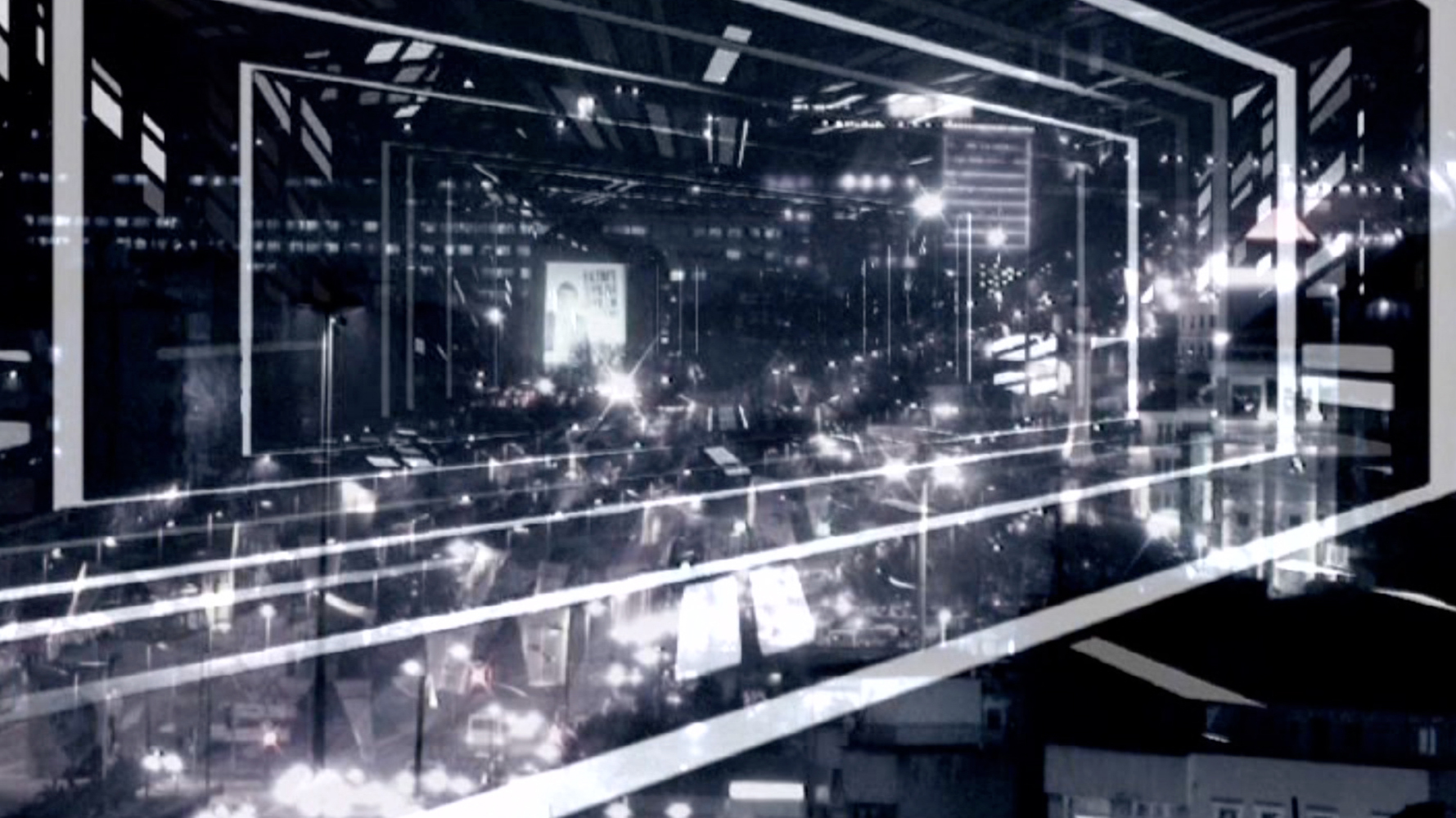By Chlotrudis Independent Film Society
Rating: 3.5 cats
Director: Vincent Katz | Vivien Bittencourt

Country: united_states
Year: 2007
Running time: 45
IMDB: http://www.kikismithsquattingthepalace.com/
Bruce says: “If ever two unrelated film projects deserved a pairing it is KIKI SMITH: SQUATTING THE PALACE with another film about the artistic process made a few years earlier, AGNES MARTIN: WITH MY BACK TO THE WORLD. Shown together at New York’s Film Forum one can only hope that other cities will have a chance to see this magical coupling. Agnes Martin and Kiki Smith share little but their gender and artistic fame. Martin is an introvert and recluse; she lives alone and works alone in her Taos studio. Martin carefully plans out her work in elaborate detail. Smith literally hurls herself into the artistic maelstrom – the more chaos the better the product, or so it seems. Smith’s East Village home is her studio and her many assistants and associates stream in and out. For Smith the artistic process is intuitive and organic, documented only by a few chicken scratches on paper.
“KIKI SMITH: SQUATTING THE PALACE is a documentary on how a major contemporary feminist artist prepares for one of the biggest shows in her career, ‘Homespun Tales’ – an eight-room installation of her sculpture, drawings and artifacts at the Fondazione Querini Stampalia in Venice at time of the 2005 Biennale. Directors Katz and Bittencourt have also published a book, Kiki Smith: The Venice Story on the same topic. Smith is known for her figurative work focusing on bodily secretions and reproduction. ‘Homespun Tales’ is unusually subtle, decidedly less brutal and startling than her more famous pieces.
“Kiki Smith’s life is a whirlwind of activity. She views her art as a collaborative process with artisans and assistants. For ‘Homespun Tales’ the blueprint is in her head. She has ceramicists working on her figurative pieces and carpenters building furniture out of wine crates. In Venice, Smith mills about the palace rearranging everything as she makes final decisions about the placement of her objects in the eight rooms. One senses the occasional frustration of those working with her. One assistant collapses on the floor with exhaustion and another rolls his eyes at Smith’s undisguised disorganization. The filmmakers and Smith never let us in on the really disastrous moments although it is impossible to imagine the project without them. Smith remains fairly relaxed throughout the development process and the installation. In Venice the entire show is delivered by gondola which is beautiful to watch but a bit nerve wracking as we see the cargo rocking to and fro.
“Smith talks a bit about her career and her muses while she sculpts, paints her figurines, draws and constantly rearranges things. As a collaborator she discusses how at some point in the process you have to let go of your preconceived ideas and work in the present. Smith knows how to go with the flow. Visually, Kiki Smith is a striking subject. Her long hair is sparkling gray. She wears large glasses and sunglasses with lots of metal jewelry to accompany her tattoos and piercings. The camera frequently catches her on the phone discussing business and chatting with her mother, a former opera singer, and sister. Near the end of the film, her mother sings as the camera glides from room to room through the Fondazione Querini Stampalia, a lovely touch. Throughout the film I had suspicions that we were not getting the true story, just the few pieces we were meant to see. Although fascinating at times, this film is not altogether satisfying. 3.5 cats”
